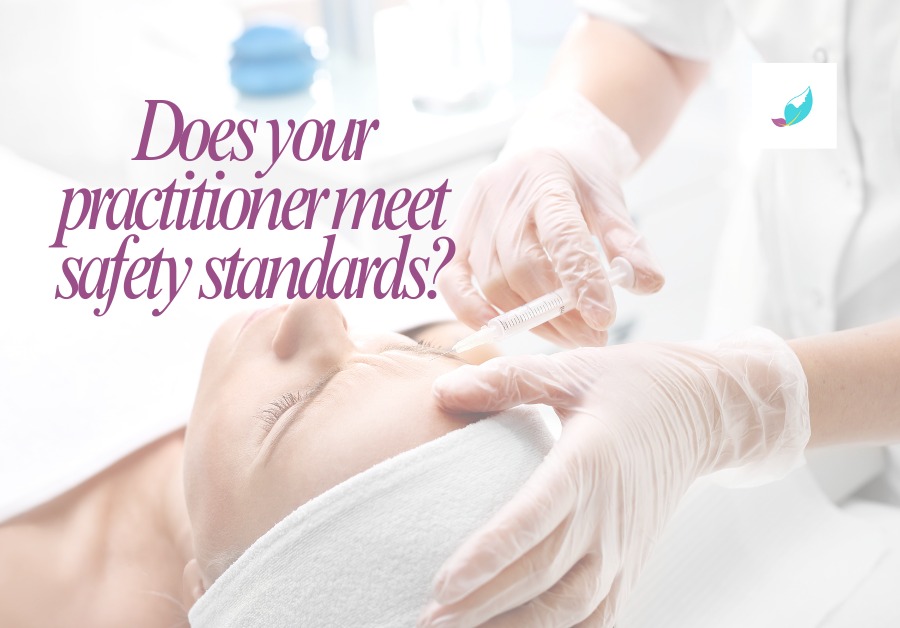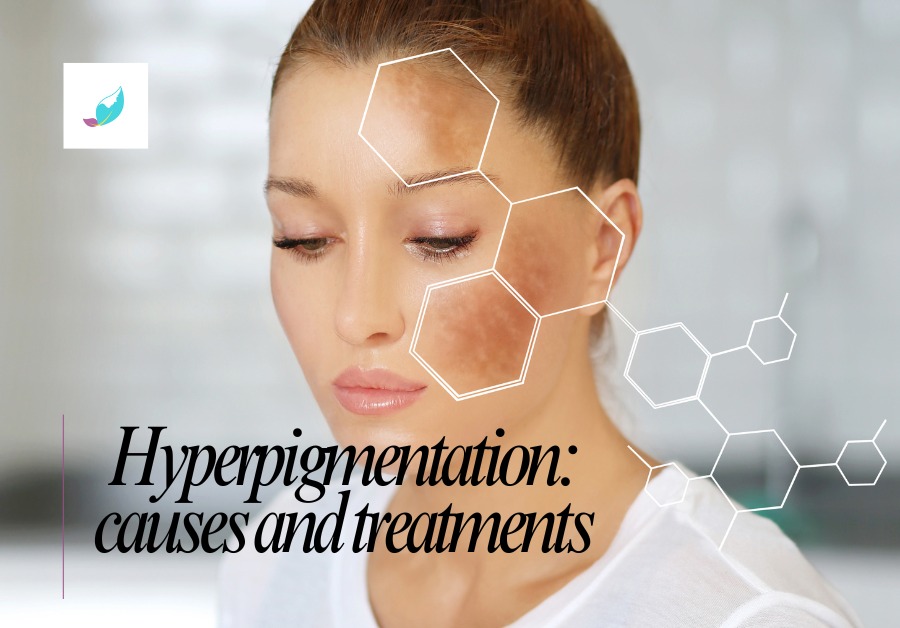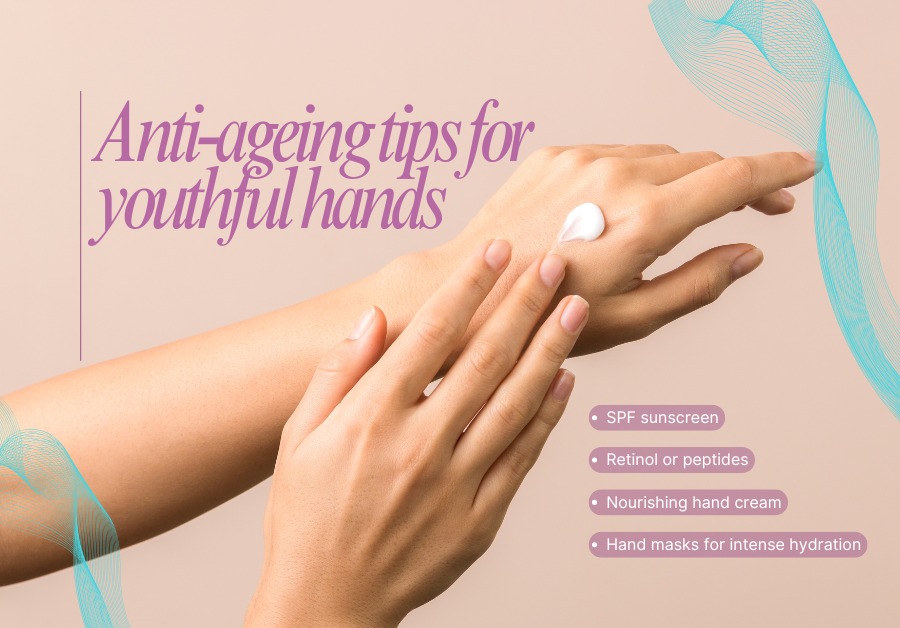Does Your Practitioner Meet Safety Standards?

Embarking on your aesthetic journey can be both exciting and overwhelming. But how can you be sure that your practitioner meets all necessary safety standards?
With countless clinics and practitioners offering treatments, ensuring your safety should be a top priority.
This guide walks you through the essential credentials and training to look for in a practitioner, helping you choose someone who prioritises your well-being while delivering great results.
Why safety standards matter in aesthetics
The aesthetics industry has grown rapidly, offering transformative treatments like dermal fillers, and chemical peels.
- That has led to an increase in unqualified or poorly trained practitioners. Finding and choosing a practitioner who meets strict safety standards ensures:they can manage any complications, should they arise
- their consultations are tailored to your goals
- you get complete peace of mind
Checklist: credentials and training to look for
1. Proper medical background
Aesthetic treatments can involve medical-grade products and techniques, so it is important that your practitioner has a strong foundation in healthcare.
Look for professionals whose websites or brochures list qualifications in fields such as:- Medicine (e.g., MBBS, DO)
- Nursing (e.g., RGN, RMN)
- Dentistry (e.g., BDS, DDS)
These backgrounds ensure they understand anatomy, patient care, and the potential risks of cosmetic procedures.
2. Accreditation from recognised bodies
In the UK, many reputable practitioners hold certifications from established organisations such as:
- British Association of Medical Aesthetic Nurses (BAMAN): The professional association for medical nurses conducting treatments in the UK.
- Care Quality Commission (CQC): This body regulates clinics offering certain aesthetic procedures.
- Ofqual-recognised Level 7 qualifications: This indicates the practitioner has advanced training in a range of dermal fillers.
It’s a good idea to always ask your aesthetic practitioner about their affiliations and certifications.
3. Experience and training
Before booking a consultation with an aesthetic practitioner, find out from their website or brochure, or ask them directly:
- How many years have they been performing a particular procedure?
- How often do they perform it?
- Have they trained under reputable experts or attended certified courses?
Practitioners who have several years’ experience in their field are more likely to carry out treatments safely.
4. Insurance coverage
It is a legal requirement for aesthetic practitioners to have adequate and appropriate insurance or indemnity arrangements in place.
If you are in any doubt, do not hesitate to ask for proof that your clinic has the correct insurance in place.
5. Transparent consultation process
- During your consultation, a qualified aesthetic practitioner should:Assess your medical history to identify risks
- Explain the procedure in detail, including benefits, risks, and aftercare
- Provide realistic expectations about the results
- Answer all your questions clearly and patiently
Avoid aesthetic practitioners who rush their consultation or fail to address your concerns.
6. Hygiene and clinic standards
The treatment environment at every aesthetic practice should be clean and professional. That includes:- Sterile tools and equipment
- Hygienic practices, such as wearing gloves and sanitising surfaces
- A calm, organised clinic atmosphere
7. Patient reviews and before/after photos
Before-and-after photos of previous treatments can give you an idea of the practitioner’s expertise.
However, some images are ‘stock’ photos and not photos of genuine clients. If you’re unsure, look for reviews on trusted platforms or ask for client testimonials to be certain.
Red flags
When choosing your aesthetic practitioner, there are a few ways to tell if they are professional and reputable. Watch out for:
- Unregulated offers: Treatments advertised at suspiciously low prices
- Lack of credentials: No clear qualifications or affiliations
- Pressure tactics: Being pushed to book a procedure without time to consider
- Poor communication: Vague answers about their training or the treatment process
Make SafeAP your trusted solution
At SafeAP, we take the guesswork out of finding qualified practitioners: our platform connects you to a network of vetted professionals.
Each aesthetic practitioner is assessed for their qualifications, giving you confidence in your aesthetic journey.
Take the first step safely
By following our checklist and choosing aesthetic practitioners with proven credentials, you can enjoy transformative results without facing unnecessary risks.
Ready to find a verified practitioner near you? Download SafeAP and start your journey today! Click here




 by
by